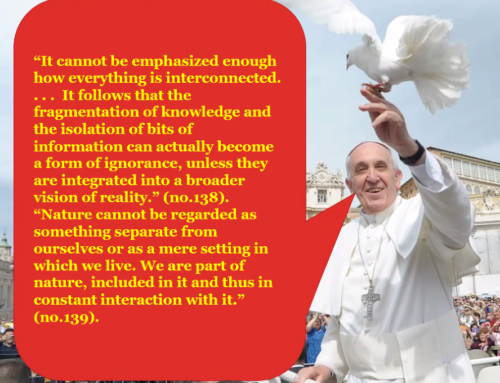Abstract
How is mind related to matter? This ancient question in philosophy is rapidly becoming a core problem in science, perhaps the most important of all because it probes the essential nature of man himself. The origin of the problem is a conflict between the mechanical conception of human beings that arises from the precepts of classical physical theory and the very different idea that arises from our intuition: the former reduces each of us to an automaton, while the latter allows our thoughts to guide our actions. The dominant contemporary approaches to the problem attempt to resolve this conflict by clinging to the classical concepts, and trying to explain away our misleading intuition. But a detailed argument given here shows why, in a scientific approach to this problem, it is necessary to use the more basic principles of quantum physics, which bring the observer into the dynamics, rather than to accept classical precepts that are profoundly incorrect precisely at the crucial point of the role of human consciousness in the dynamics of human brains. Adherence to the quantum principles yields a dynamical theory of the mind/brain/body system that is in close accord with our intuitive idea of what we are. In particular, the need for a self-observing quantum system to pose certain questions creates a causal opening that allows mind/brain dynamics to have three distinguishable but interlocked causal processes, one micro-local, one stochastic, and the third experiential. The classical approximation reduces this tripartite quantum process to a single deterministic local process: setting Planck’s constant to zero eliminates the dynamical fine structure wherein the effect of mind on matter lies.
Shifting the Paradigm
A controversy is raging today about the power of our minds. Intuitively we know that our conscious thoughts can guide our actions. Yet the chief philosophies of our time proclaim, in the name of science, that we are mechanical systems governed, fundamentally, entirely by impersonal laws that operate at the level of our microscopic constituents. The question of the nature of the relationship between conscious thoughts and physical actions is called the mind-body problem. Old as philosophy itself it was brought to its present form by the rise, during the seventeenth century, of what is called ‘modern science’. The ideas of Galileo Galilei, Renˆe Descartes, and Isaac Newton created a magnificent edifice known as classical physical theory, which was completed by the work of James Clerk Maxwell and Albert Einstein. The central idea is that the physical universe is composed of “material” parts that are localizable in tiny regions, and that all motion of matter is completely determined by matter alone, via local universal laws. This local character of the laws is crucial. It means that each tiny localized part responds only to the states of its immediate neighbors: each local part “feels” or “knows about” nothing outside its immediate microscopic neighborhood. Thus the evolution of the physical universe, and of every system within the physical universe, is governed by a vast collection of local processes, each of which is ‘myopic’ in the sense that it ‘sees’ only its immediate neighbors.

